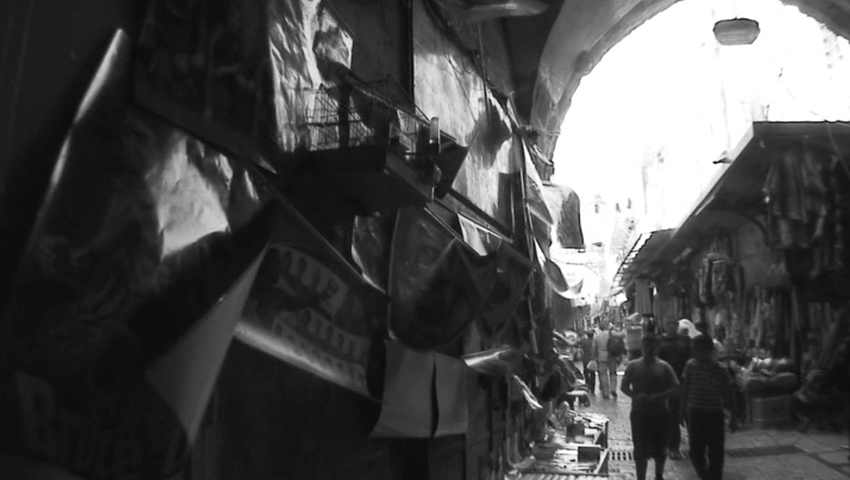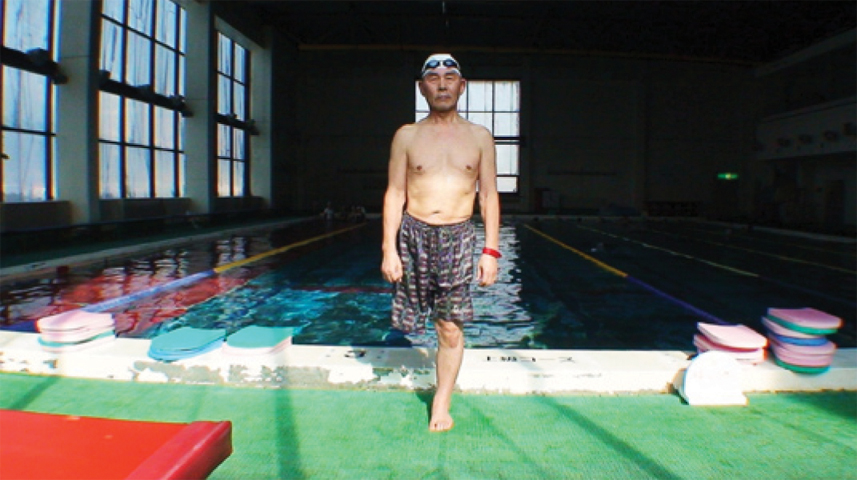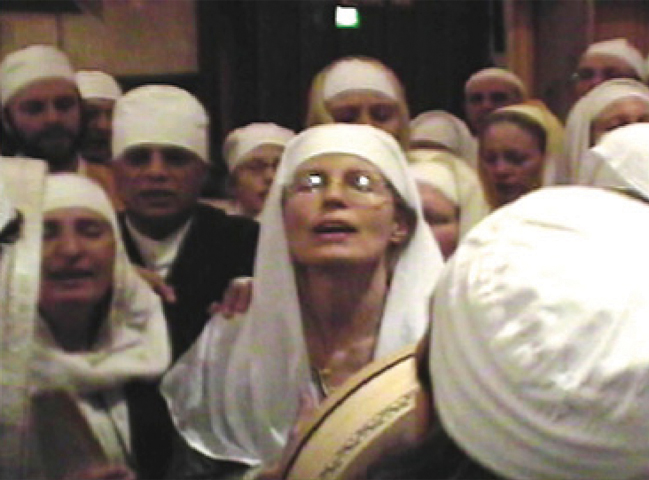











Raffaella Crispino is a promising young artist from Napoli, whose work includes video art, installation and drawing. She studied in Venice, New York, Berlin and Napoli. From 2005-2010 she participated in residencies and workshops in Belgrade, Japan, Rumania and Israel. In 2006, she won the IUAV University Scholarship in New York City.
Crispino is an avid tourist. She travels a lot, and her work continually asks questions about the place she is coming from and the place she is currently staying. These questions, sometimes social, sometimes political, always address the condition of being foreign, as well as the conditions of foreigners. Crispino creates sensitive portraits of the places she stays, which sometimes include references to her private history and place of origin.
Crispino came to the JCVA in January 2010 with a great thirst to understand Israeli society. She visited settlements, a kibbutz, the West Bank, and saw checkpoints. Three new projects are currently emerging following these visits.
While here, Crispino had a joint show with Eden Bennet at the Center for Contemporary Art in Tel Aviv, following the Transit exchange program through which Crispino had spent time here in 2009 while Bennet stayed in Napoli
The JCVA also introduced Crispino to Gaia Smith, who works with a joint venture of Palestinian and Israeli craftswomen. Crispino met the women, was a guest in their homes and caught a glimpse of the less familiar aspects of the regional situation. Her work will be exhibited in Israel again in 2010 at the Bat Yam biennale.
| Suburbia |
|
Each section of the video is introduced via traditional calligraphy performed in space, rather than on paper. In the first section, a series of young girls chew and then secrete folded origami cranes, which were once folded in the name of health and success. In 1955, a young girl who suffered from leukemia after surviving the Hiroshima bomb attempted to fold one thousand of them for world peace, but died before she completed the task. Since then, the cranes are associated with her martyred effort. In a second section, Crispino's video shows steel constructions that loom throughout the city, which is one of the largest hubs of steel production on the planet. This industrial intensity made the city a chosen target for the second atomic bomb during World War II, but also saved it, as the massive pollution interfered with visibility and Nagasaki was bombed instead. In the third section, Crispino photographs swimmers in the public pool run by a powerful steel-production company, to the sound of pleasing, caressing music often used in Japanese malls. The swimmers are shown floating on the pool's surface, seemingly in limbo. Are they dead or alive? In the final section, three girls wearing traditional samurai Kendo robes are filmed standing motionless in various locations in the city. |
| In God We Trust |
This work, a three-track video screened simultaneously on three different screens with three separate sound tracks, shows eleven different religious communities in New York City during prayer. The communities include Hindis, Afro-Americans, Hari-Krishnas, Sufis, a gay synagogue, and more. The videos move continually between the different communities, and the sound track, which is also a mix of the recorded prayers, functions like a musical composition. |